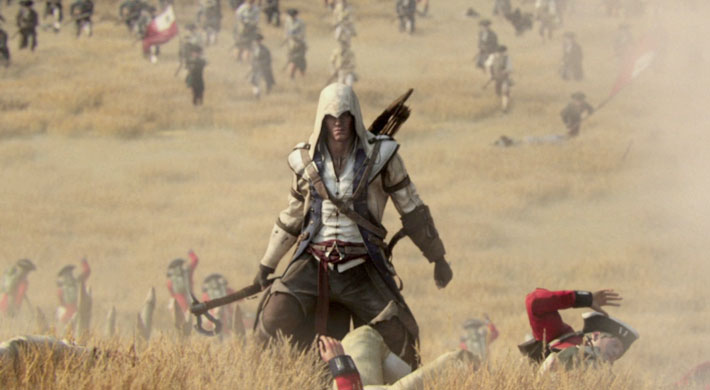

The future can be an exciting prospect if you understand where to place your energy and efforts. Technology enthusiasts will find that 2015 is brimming with potential for future advances. With the rapid progress within the industry, all aspects of lifestyle, gaming, media, and social interaction are becoming increasingly varied. One could claim that technology is a venture to improve human lives by its constant evolution to be smarter, faster, and more efficient. This in turns delegates the same qualities to our lives when we use modern-day products.
Just take mobile technology as an example. The original iPhone 3g had a 3.5-inch 320×480 display, compared now with the Samsung Galaxy S4’s 1080×1920. In 2008 the HTC G1 / Dream had a single-core 528 Mhz processor – just a few years later the HTC One released it’s first 1.7GHz quad-core processor. Technology has the potential to expand leaps and bounds, and if we don’t keep following it, there’s a chance it might overtake many of us who have become dependent on it to function in our everyday lives.
Competition keeps market prices healthy, and cultivates innovation. Although Apple and Android fans are well known for their disagreements about how the technology is implemented, there is no doubt that such tensions help fuel creativity. Without rivals, there would be limited progress. It only takes one idea to spark another. The market of tablets has been around since 2000 – Bill gates is considered to be among the pioneers, launching the Microsoft touch input computer a full decade before Jobs’ iPad release. The chances are many younger consumers would not have known that the tablet was around before the iPad helped popularize the industry.
We can see this also happening within the games industry. Although the powerful AAA studios are producing high quality next-gen hardware products, the majority of the creativity will stem from independent developers. It is a fantastic market out there right now to be a creative and launch your own product. Consumer minds are now more receptive to ideas and thoughts from when they were two decades ago when the Internet was relatively new. Times change, and so do methods of approach. Some age groups such as the Generation X are widely known to seek thrills to satiate their curious hunger. Nowadays, reaching out could be as simple as achieving a Greenlight status on Steam, or developing your own app and placing it on a store. Submitting your script to a game publisher can also be bypassed by something as simple as outsourcing. It’s an efficient market – skilled (or unskilled) labor that does not receive adequate income wishing to earn more are provided job opportunities that can range depending on demand.
We are even witnessing breakthroughs of different scales in the world of robotics. Late last year, researchers from the Massachusetts Institute of Technology developed an algorithm for bounding that they successfully implemented on a robotic cheetah. You can view the video at the bottom of the post, if you’re interested. What makes this invention interesting is the algorithm that enables the researchers to control how much force the robotic animals’ feet exert when they contact the ground. Implementing knowledge from professional sprinters was a basis of this development.
We can continuously build on the work of others, and for this reason it is unwise to think of competition as unhealthy. In the world of technology, and much of developmental progress in general, standing on the shoulders of others is a core principle. Apprentices in the past used to develop their ways of thinking based on their master’s own trail of thoughts. Much like how it was back then, it is only when masters begin to get complacent and attempt to stifle their apprentices that they begin to err in the eyes of progress. Large technological corporations today are being held in check by a myriad of apprentices in the form of start-ups. Although not every venture is successful, it is certainly possible for every idea that can end up benefiting our future world to be extrapolated and expanded upon.
In short, technology and creativity are inseparable partners. One without the other would lead to a compromise where neither is truly developed to it’s potential. Understanding how to differing tastes comes a long way in preparing for the future.
What do you think of the future of technology? Will it develop more in one area than another?




 Renegade Ops Walkthrough
Renegade Ops Walkthrough Spiderman: Spider-Man Clones (Pictures)
Spiderman: Spider-Man Clones (Pictures) Mortal Kombat X (PC) Krypt - Collectibles and Secrets
Mortal Kombat X (PC) Krypt - Collectibles and Secrets Until Dawn Guide - How to Find All the Mystery Man Clues
Until Dawn Guide - How to Find All the Mystery Man Clues Is There A Valid Excuse For Not Having Playable Women in GTA 5?
Is There A Valid Excuse For Not Having Playable Women in GTA 5?